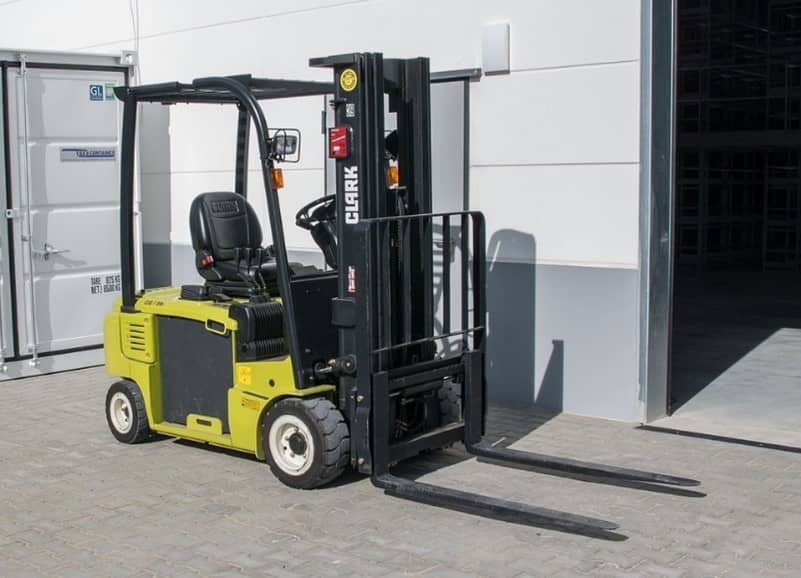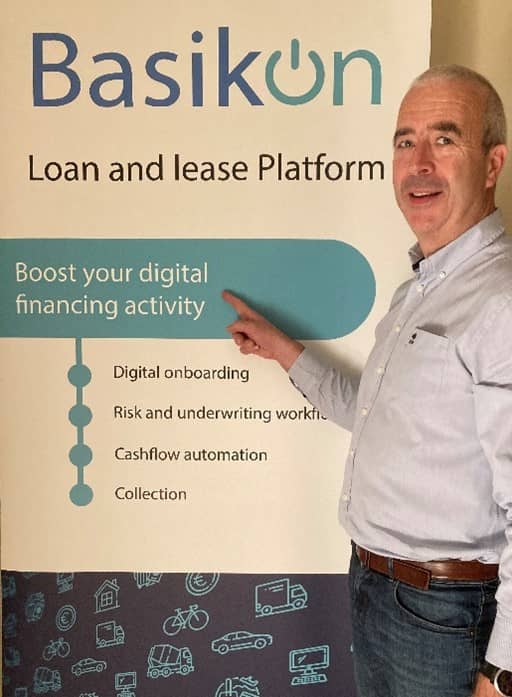Pay-per-use is a reality with Basikon
Pay-per-use (PPU) has always been present in consumption as a way to pay the fair price for the joy of goods and services. A shift of assets property has been observed over the last decades from a full property to a usage-as-a-service. This includes a whole spectrum of transaction forms such as asset property against payment, asset property against scheduled payments, asset leasing through an intermediary financial institution (financial lease), asset and services leasing (operational lease), and usage-based pricing of assets and services.

This trend has accelerated with the optimization of capital usage (from capital to operational expenditures) and with sustainable economy.
Commonly found perception is that PPU is always related to a metric whose value is only fully known a posteriori, leading for example to pay depending on the actual usage of a car, or of a machine, and that that usage is never known a priori. This type of PPU indeed exists but it is not the only one. Indeed, there are situations where the client has partial usage of a good, for which he also requires full service, and where he is able to estimate quite precisely his usage a priori. If in the first case, there is a clear utilization risk, passed over to the leasing institution, the latter has the advantage of reducing this utilization risk, because there is no unknown on what the client shall pay.
Client and leasing company interests can be aligned
Let’s take the client perspective. What is the demand? A company who needs a machine for its operations is pursuing a double objective of cost reduction and increase productivity. For many years, the sole objective has been cost reduction by acquiring cheap assets either directly or through a leasing institution. The pitfall is that this focus inevitably leads to a decrease of quality (searching for low-cost machines will lead to non-premium brands, which will lower the quality of service). Clients are looking for a fair price.
Let’s take the leasing institution perspective. What is the offer? The leasing institution delivers operational leasing on any asset, bundling potentially any standardized or tailor-made service against a periodic payment. Main cost drivers are current asset value, end of contract asset residual value, and client rating. Naturally, institutions will favour “class A” clients and high competition leading to low margins is observed for this segment. Leasing institutions are therefore looking for new client segments.
So, how could these two perspectives converge? How can clients reduce their costs whilst keeping high productivity and leasing companies keep high margins? Through PPU...
Time-sharing and partial usage: two forms of PPU
PPU can be described as “client will pay a service in direct proportion with the way he is using it”. There are two common situations: time-sharing and partial usage.
In time-sharing PPU, a fleet of vehicles / machines is shared between several clients to address a number of individual needs. Examples are short-term renting where rending companies have a fleet of vehicles that are rented to clients, large company fleets that are shared amongst the employees... In these cases, the asset is mobile and can switch from one user to another easily.
In part-time PPU, one single client has a need to use a vehicle / machine in a non-full-time way. For example, a retail material shop would need a forklift a few hours a day, or an unloading crane three days per week. In these cases, the asset is not mobile, it is used by one single customer, but the usage intensity is reduced.
Time-sharing PPU has been used for decades and is the basis of short-term renting. Conversely, part-time PPU is more recent and offers interesting possibilities for the client and for the leasing company.
Understanding the need of the client is key
Understanding the need of the client is key, and in many cases a client, especially in small and medium companies, may be limited to part-time usage. Moreover, the client is rarely looking for an asset, but rather for a service, that allows him to use one asset is a safe, continuous, quality way. Let’s go back to the forklift example: a logistics company (client 1) will need to use it intensively 24x7 for 5 years; a car garage (client 2) would need it 7 hours per day; and a retail shop (client 3) would need it 2 hours per day. However, all three clients need to have top class service.
Thanks to the quality of the assets, moreover of premium brand assets, successive “lives” may be considered for a same asset: for example, a first life of 5 years for a new asset for client 1 (with service), a second life of 3 years for client 2 (with service) and a third life of 3 years for client 3 (with service). Indeed, with a usual lifetime of at least 15 years, premium brand assets can, as long as they are maintained correctly, be part of several successive contracts. And this allows addressing the huge market of SME, where clients rarely have a need for intensive use of new assets.
It contributes to sustainable economy
This contributes to the extension of asset lifecycles, which is key for a sustainable economy. Then, client 2 and client 3 benefit from an interesting asset value, directly contributing to cost reduction, with a good quality of service. For this, leasing companies have to offer specific products.
The way forward
What must leasing companies do to capture these opportunities?
- Help the client defining his exact need, in terms of services (object, intensity, quality).
- Be able to calculate price for the client, according to the partial utilization of the asset and to the level of service.
- Setup and organize interactions with the partners ecosystem (the asset provider, the maintenance provider, the insurer, ...).
- Monitor the usage of the asset and more generally the consumption of the service, and be able to “unplug” the asset in case of bad client.
- Manage the asset portfolio.
- Have appropriate technology for front-to-back activities, including monitoring of collections.
- And obviously, as any financial institution, manage risk.
Traditionally, financial institutions use to focus on the robustness of the client, calculating scores and levels of indebtedness. In case of client failure, the asset repossession frequently left the financial institution with additional problems of non-liquid asset management.
With PPU, it is more useful to be able to monitor closely clients payments (with the ability to make the asset unusable to the client in case of non-payment), and to be able to make real asset management.
By doing so, client risk is transferred to asset management risk, namely on the ability to reuse an asset (in case of client failure)... One can even add another layer when it comes to bundling different lifetime assets with services: for example, EV batteries may have a lifetime different from the vehicle one. The design and the pricing of such an offer can becomes quite complex. Asset management is key
In this context, asset risk managers become key positions within leasing companies, and the technology is key to allow asset-as-a-service management.
Solfiz, a client of Basikon, has developed PPU business using Basikon technology in combination with IOT devices (to measure the actual usage of an asset). It is active in construction equipment, agricultural machinery, material lending, and lifting equipment. Solfiz is exclusively working with top-class brands (for example Manitou, Haulotte, Doosan, and Kubota) and partners, to ensure quality of service including machinery maintenance.
The clients have found a perfect answer to their need of part-time utilization to optimize productivity, at the best possible cost. They contribute, together with Solfiz, to a more sustainable economy.
Basikon clients can use PPU
Basikon provides the technology through its platform, enabling :
- Front-office interaction with clients to define needs and to price operational leases.
- Middle-office risk analysis based on client, asset and services.
- Back-office management of contract, including calculation of rental and payment collections.
It has been very easy to set up PPU in the platform thanks to the flexibility of the pricing component and the low-code workflows that reside at the heart of its architecture: all Basikon clients can launch PPU products without any additional component or costs.

December 1, 2022